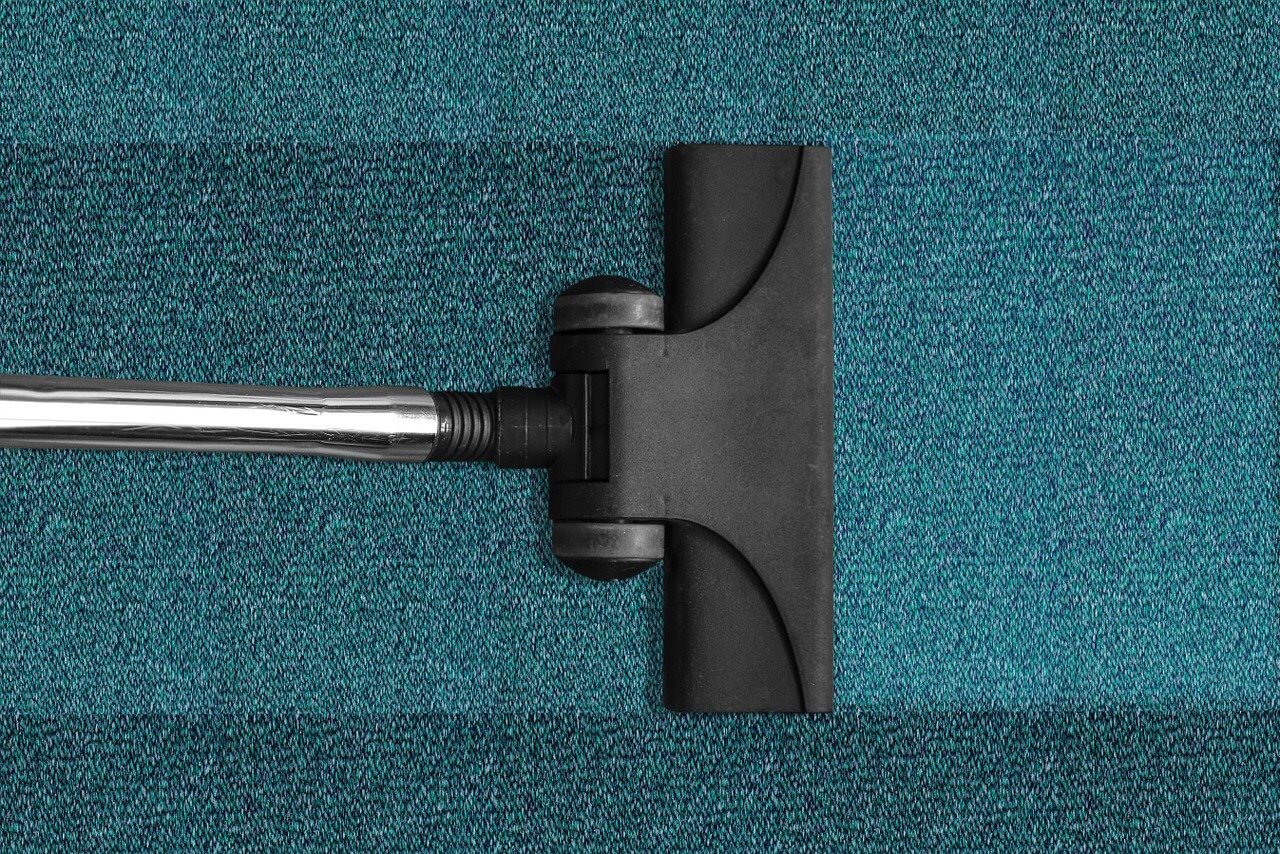How To Get Blood Out Of Carpet?
Blood on a carpet can quickly dry and settle into the fibres. You’ll need to use a powerful cleaning solution that removes all traces of blood.
Depending on how bad the stain is, you may have to remove the carpet and place it somewhere where you can clean it easily. Read on to learn more on how to get blood out of carpet.
Note: The longer the bloodstain stays on your carpet, the harder it will be to get it out. So try to clean it up as quickly as possible.
How to get blood out of carpet – Step by step

Step 1: Prep the spot
If the blood stain is dry, first scrape away as much as possible with a scraping tool.
If the blood stain is still wet, blot it up as quickly as possible with a microfiber cloth by patting the stained area.
To prevent spreading the stain and soaking the blood deeper into your carpet, don’t rub it.
Step 2: Spot clean with the right solutions
To remove blood stains, you can try some home-made remedies. Below are six easy DIY products you can attempt.
You will need a spray bottle, sponge and a microfiber cloth.
Remember to read your carpet care manual for any warnings and instructions especially about certain cleaning chemicals. Also, test any solutions on a hidden area before treating the stained area.
A. Cold water
Using cold water is the simplest method to get blood out of your carpet. Cold water works best if the stain is still fresh.
- Simply spray the cold water on the stain and dab it.
- Repeat the process until the stain is no longer visible.
B. Baking soda and water
- Cover the blood stain with a generous amount of baking soda.
- Let it sit for 15 minutes or so to loosen the blood from carpet fibre.
- Spray cold water on it and dab with a microfiber cloth.
- Keep adding water and dabbing until the stain is cleared.
C. Salt and water solution
- Mix salt and cold water.
- Use a sponge to apply the solution on the bloodstain.
- Let it sit for 15 minutes to soak up the blood.
- Use a damp cloth to blot it out.
- Repeat the process until the stain is removed.
D. Dish washing liquid and water solution
- Mix a few tablespoons of dishwashing liquid with cold water.
- Use a sponge to gently apply the solution onto the bloodstain.
- Let it sit for a few minutes. If the stain is older, let it sit for longer.
- Wipe the stain with a wet cloth.
- Repeat the process if necessary.
E. Hydrogen peroxide
Hydrogen peroxide removes stubborn stains. However, it may bleach your carpet. Test it on a hidden spot to see how it reacts with your carpet.
- If hydrogen peroxide doesn’t discolour your carpet, pour it directly onto the bloodstain.
- Let it sit for a few minutes then dab it with a wet cloth.
- If your carpet is bleached, use one part water and one part vinegar solution to neutralise the reaction and prevent further damage.
F. Ammonia and water solution
Note: Do not attempt this method if you have a cotton carpet. Ammonia might cause permanent damage.
- For very stubborn bloodstains, an ammonia solution might do the trick.
- Mix two tablespoons of ammonia with half a cup of warm water.
- Let it sit for at least 5 minutes.
- Wipe the stain from outwards towards the centre.
- Spray cold water to the area and pat dry with a dry cloth.
G. Carpet Cleaner Shampoo
For large bloodstains, it’s better to deep clean the entire carpet using a carpet cleaner. Get a powerful carpet cleaner shampoo and add it to the machine.
The shampoo will lift the bloodstain and neutralise any smells as well.
- Read also: How To Get Milk Smell Out Of Carpet?
Step 3: Rinse
After using one of the above products it’s a good idea to rinse the spot with cold water to remove lingering stains and get rid of smells from the cleaning solution.
Spray cold water onto the spot and dab with a dry absorbent cloth.
Note: If you’ve deep cleaned you carpet with carpet cleaner shampoo, there’s no need to rinse.
Step 4: Dry
If your carpet is thick and heavy, it will require a long time to dry, so make sure to place it in a ventilated area so that it can dry completely.
If it does not dry fully, it’ll develop a musty or mouldy smell.




![[Solved] How Do You Remove Limescale From Chrome Taps [Solved] How Do You Remove Limescale From Chrome Taps](https://cleanhousefast.co.uk/wp-content/uploads/2020/06/bathroom-1851566_1280-125x125.jpg)
